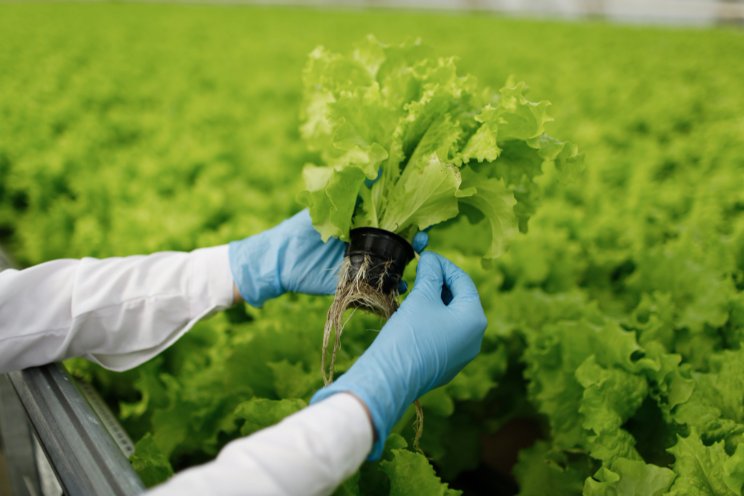7 tax tips cannabis cultivators should know
Added on 26 May 2023

Not only that, cannabis businesses are taxed on gross profit, not net revenue, increasing their tax burdens in an already onerous market landscape. (This is thanks to Internal Revenue Code Section 280E, which prohibits cannabis businesses from taking itemized business deductions. 280E limits deductions for cannabis cultivators to COGS, therefore they are taxed on gross profit.)
To help lighten the mental burden, Cannabis Business Times spoke with tax experts with years of experience working with cannabis operators to collect their insights and advice on how cannabis cultivators can reduce their tax burdens and avoid failing an income tax audit.
1. Consider the Employee Retention Credit (ERC).
The Employee Retention Credit (ERC) is not an income tax credit, therefore it falls outside the 280E limitations on income tax. Instead, the ERC is a payroll tax credit that applies to qualifying businesses that “continued to pay employees while shut down due to the COVID-19 pandemic or had significant declines in gross receipts from March 13, 2020, to Dec. 31, 2021,” per the Internal Revenue Service. Businesses with 500 or fewer employees that were impacted by a government shutdown order or whose revenue declined by 20% or more for any quarter in the qualifying period can apply.
While the credit won’t have a direct impact on income tax filings, applying for and receiving this credit can reduce a business’s overall tax burden. (You can apply for these retroactively for tax years 2020 and 2021.)
“One of the things that many people are going back and doing now is … applying for, receiving the ERC, and not having problems keeping it,” says Katye Maxson-Landis of Moxy Accounting. Because cannabis businesses were deemed essential businesses during the pandemic-related shutdowns, tax experts agree that cannabis businesses can make a good argument for why they are eligible to receive this credit, and not be among penalized businesses that took the credits but did not abide by the terms.
ERCs that involve higher dollar amounts could attract additional scrutiny from federal authorities, however, either before or after they are issued, according to Maxson-Landis.
2. Maximize deductions …
Many cultivators understand what COGS can be deducted from their gross profit (revenue minus COGS) under 280E: lighting and fertigation equipment (and the energy costs associated with those systems), cultivation team salaries, the portion of rent dedicated to areas for cultivation activities, as well as certain post-harvest costs like trimming equipment, preroll manufacturing, and salaries of those related employees. Since they bear the bulk of the production costs, cultivators are the best-positioned group to make those COGS deductions out of any plant-touching business in the cannabis supply chain.
More news















